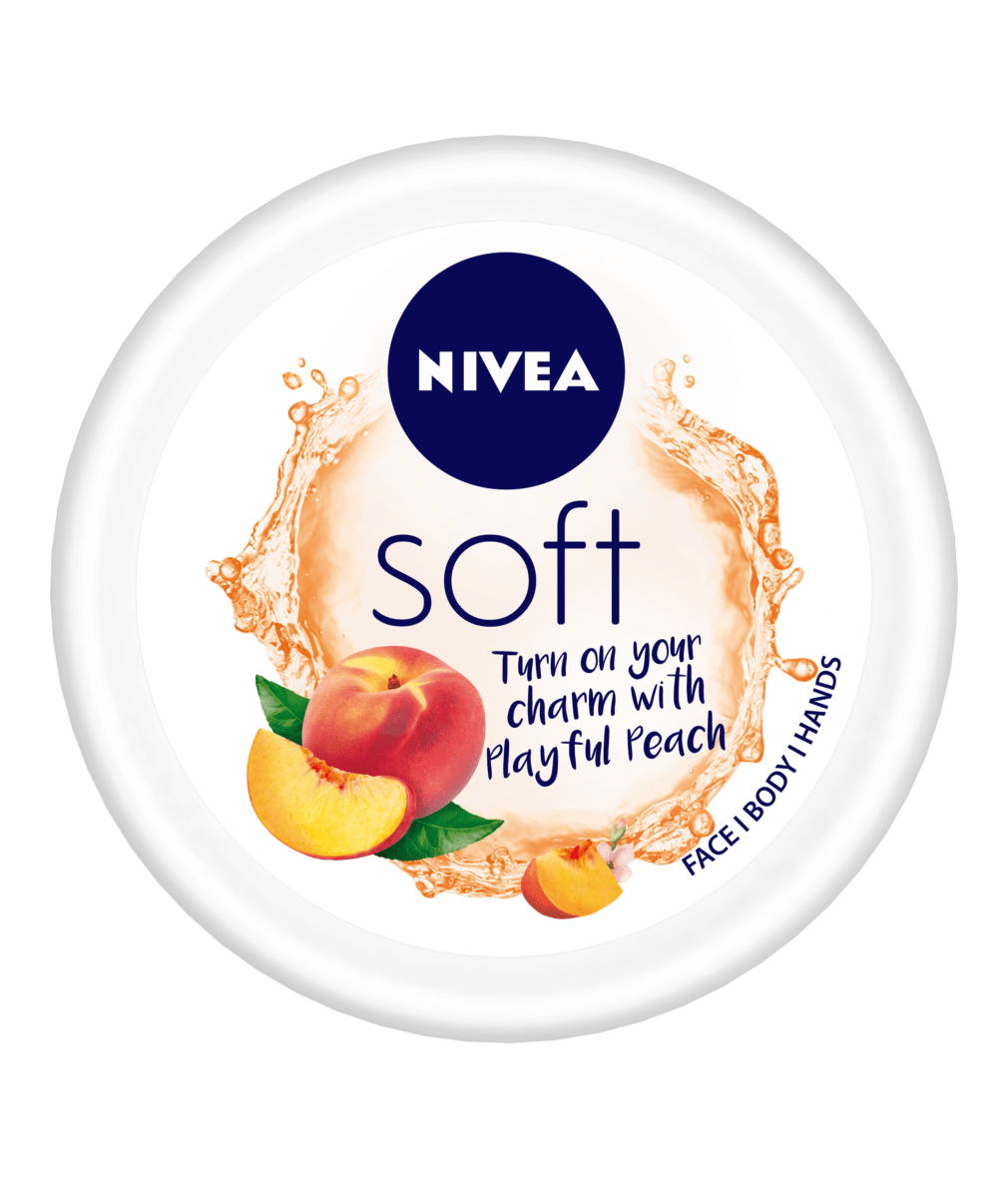What skincare routine is best for combination skin?
A well-balanced skincare routine for combination skin includes gentle cleansing, targeted exfoliation, hydration, sun protection, and the use of non-comedogenic products. It's important to tailor your routine to address the specific needs of both your oily T-zone and dry cheeks.
How should I take care of combination skin?
Taking care of combination skin involves following a consistent skincare routine with products that suit your unique needs. This includes gentle cleansing, careful exfoliation, appropriate moisturizing, diligent sun protection, and making healthy lifestyle choices to support your skin's health.
What is not good for combination skin?
Avoid using harsh, alcohol-based toners, over-exfoliating your skin, and using heavy, oil-based products. These can exacerbate the imbalances in your skin, leading to issues in both the oily and dry areas.
Remember, skincare is a personal journey, and what works for one person may not work for another. It's essential to pay attention to your skin's specific needs and make adjustments as necessary. By staying consistent and patient, you can achieve a beautifully balanced complexion even with combination skin.






